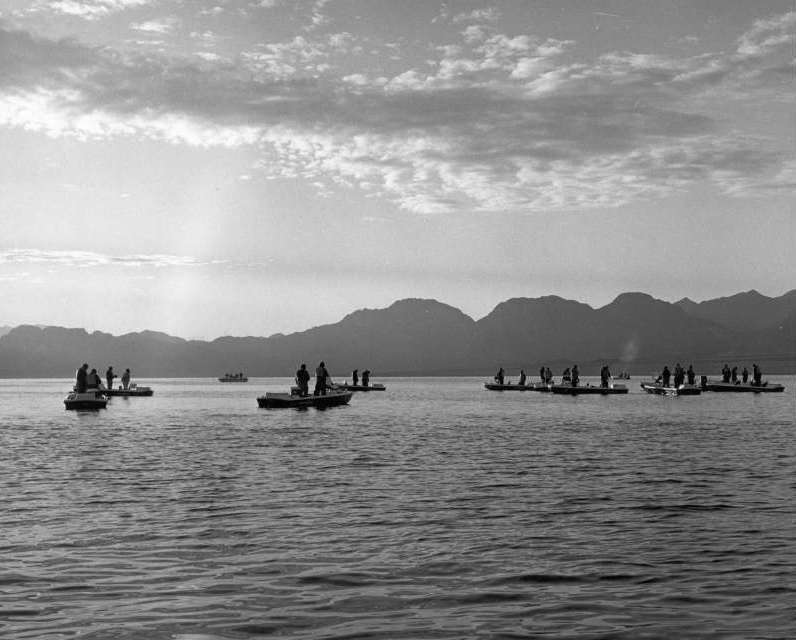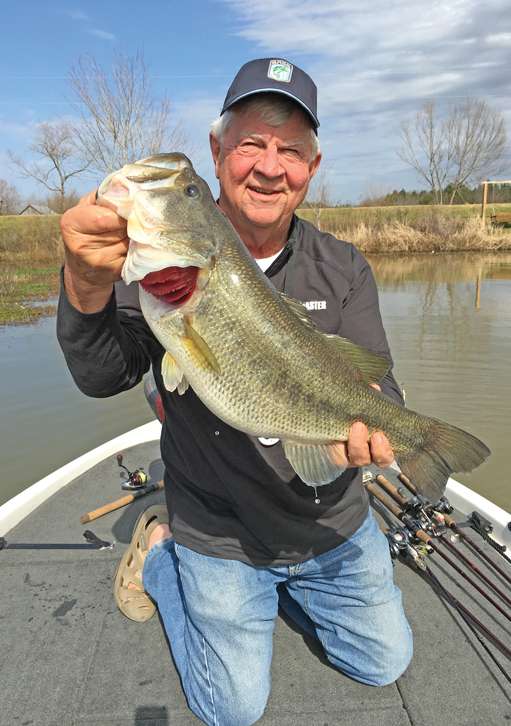
Well into the 1990s, B.A.S.S. and its tournament trail were Southern to the core. Bass tournament fishing, like stock car racing in the early days, was dismissed outside the Southeast as a redneck pastime and not really a sport at all.
In the 1989 Bassmaster Classic, for example, only four of the 42 competitors came from outside Southern states.
That wasn’t surprising, since most tournaments were held in Dixie. New York became a popular destination for B.A.S.S. tournaments as early as 1977, but in the first three decades, the circuit ventured west only three times: twice to Lake Mead, Nevada, including the very first Bassmaster Classic in 1971, and to Lake Powell, Arizona, in 1979. Otherwise, it seemed as though the Continental Divide was just too steep to tow a bass boat over.
That began to change in the fall of 1997. That’s when we launched the B.A.S.S. Western Invitational circuits, which enabled top-performing anglers in that region to qualify for the Classic.
The first Western Invitational, held on the California Delta Waterway in October 1997, drew a talented batch of competitors, some of whom were dominant in Western circuits. The western swing lasted through 2000, when economic forces caused B.A.S.S. to retreat back to Eastern fisheries.
By then, Western pros had gotten a taste of Bassmaster competition, and several joined the Top 150 circuit and fished invitationals in the East.
Four who launched their B.A.S.S. careers in that watershed 1997 tournament have become stars of the Elite Series — Skeet Reese, Aaron Martens, Ish Monroe and Dean Rojas.
They and a few other Western anglers brought their unique skillsets to the game and quickly made a mark on what had been a good ol’ boy circuit. When they joined rising stars Kevin VanDam of Michigan and Mike Iaconelli of New Jersey, bass fishing truly outgrew its Southern roots.
True, most Bassmaster events are held in the eastern half of the country, but the sport is “national” in that its participants hail from throughout the nation. The 110 Elite Series anglers this year represent 29 states and the nation of Japan.
As someone who has witnessed professional bass fishing growing and evolving from its earliest days, I see this as a very good thing.
It almost didn’t happen. I recall heated discussions at B.A.S.S. headquarters about the cost of going west with our tournaments.
At the time, our tournament boats were restricted to 150-horsepower outboards, an arbitrary maximum Ray Scott set even before 150s became available. But we were told that we couldn’t draw a crowd on sprawling Western waters, where everyone ran 200-horse outboards, unless we changed the rule.
Eventually that argument won the day, and in 1997, when the Western Invitationals were announced, B.A.S.S. increased the maximum horsepower from 150 to 250.
Some say, even today, that we never should have expanded past 150. If B.A.S.S. alone could have held off the horsepower race, tournament rigs today might be more affordable and more fuel efficient. I’ll leave you to decide that one for yourself.
But if increasing horsepower was the price for bringing Western anglers into the fold, I say it was worth it.

